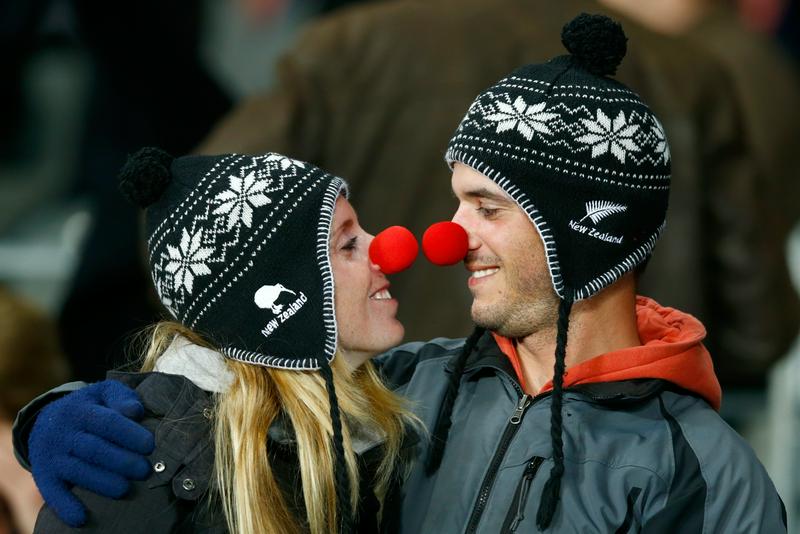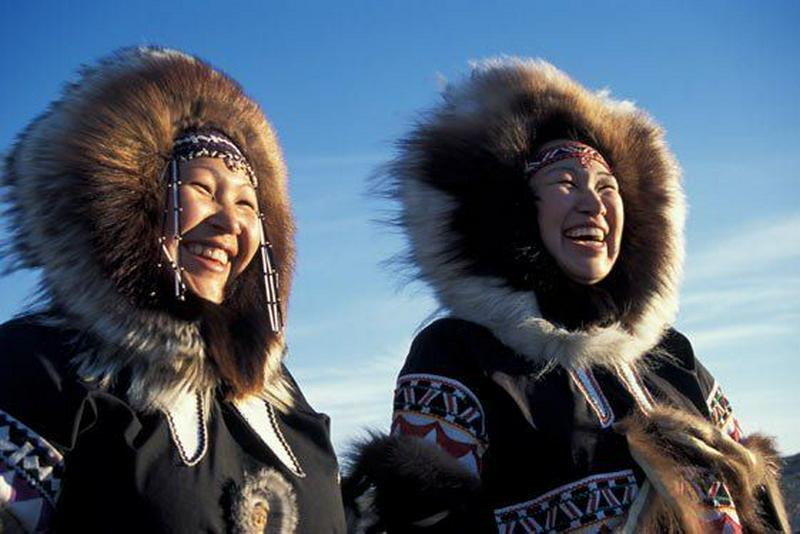The Truth Behind Eskimo Kisses
By | March 5, 2019

When two people greet each other by rubbing their noses together, we call this cute gesture an Eskimo kiss. The commonly told story of Eskimo kisses is that people living in the frigid north can’t engage in a traditional mouth-to-mouth kiss because their lips might freeze together in the cold. This story is, of course, untrue, however many Inuit cultures do rub their noses together. Let’s look at the truth behind Eskimo kisses.

Eskimo Kisses Don’t Replace Regular Kisses
The indigenous people to Alaska, Greenland, and northern Canada do know how to kiss using their mouths and certainly many of them do it frequently. But when early European explorers first ventured into the Arctic regions, they saw people rubbing their noses together as a form of greeting. It was the Europeans who dubbed these Eskimo kisses and perpetuated the idea that nose contact with the way Eskimos kissed.

Don’t Call Them Eskimos
It was also the European explorers who named the indigenous people Eskimos. In fact, Eskimo was an umbrella term applied to all people living in the cold, northern climates. There are actually several distinct groups of people, each with their own culture and language, that make their traditional homes in northern Canada, Alaska, and Greenland, including the Alutiiq and Yuplit of Alaska, the Inuvialuit of Canada, and the Kalaallit of Greenland. For many of these people today, Eskimo is considered an offensive term because it was used by Europeans to label them. Most prefer to be called Inuit.

The Nose is Exposed
One theory as to why the Inuit people greeted each other by casually touching noses has to do with the harsh climate in which they live. People had to bundle up from head to toe to stay warm in the freezing temperature. The only body parts that were exposed were the eyes and nose. When greeting a guest, the only skin showing was the nose so people touched noses as a form of a casual greeting.

The Inuit Call Eskimo Kisses “Kunik”
A “kunik” is a traditional greeting in the Inuit culture, but it is typically used only between family members. And it isn’t just nose to nose contact. The “kunik” involves pressing one’s nose and upper lip to the skin of the other person…forehead, cheek, or nose. In addition to nose contact, the “kunik” involves breathing in the scent of the other person.

Eskimo Kisses Are Not Romantic Kisses
As a rule, Eskimo kisses are reserved for family or close friends and are a platonic greeting. Despite Hollywood depictions of Eskimo kisses as a form of sexual arousal or romantic intimacy. On the contrary, an Eskimo kiss is usually done between mothers and their children.

Eskimos Aren’t the Only Ones to Use Eskimo Kisses
Gestures similar to Eskimo kisses can be found in cultures all over the world. Nose kisses are common in Cambodia, Laos, Thailand, and Vietnam. Mongolian nomads in the Gobi Desert and Arab tribesmen also engage in nose to nose contact when greeting acquaintances or fellow tribe members. Native Hawaiians have a custom called Honi greetings, in which two people welcome each other by pressing their noses together and inhaling at the same time.

Eskimo Kisses In Pop Culture
The 1922 documentary film, Nanook of the North, is credited with introducing the world to Eskimo kisses. This silent movie, by director Robert Flaherty, was the first to showcase the lifestyle and culture of the Inuit people. Nose kissing has also been included in mainstream movies, from comedies to romances. The gesture has even been animated in episodes of South Park and The Simpsons, to name a few.

